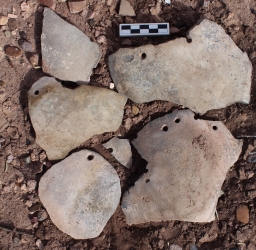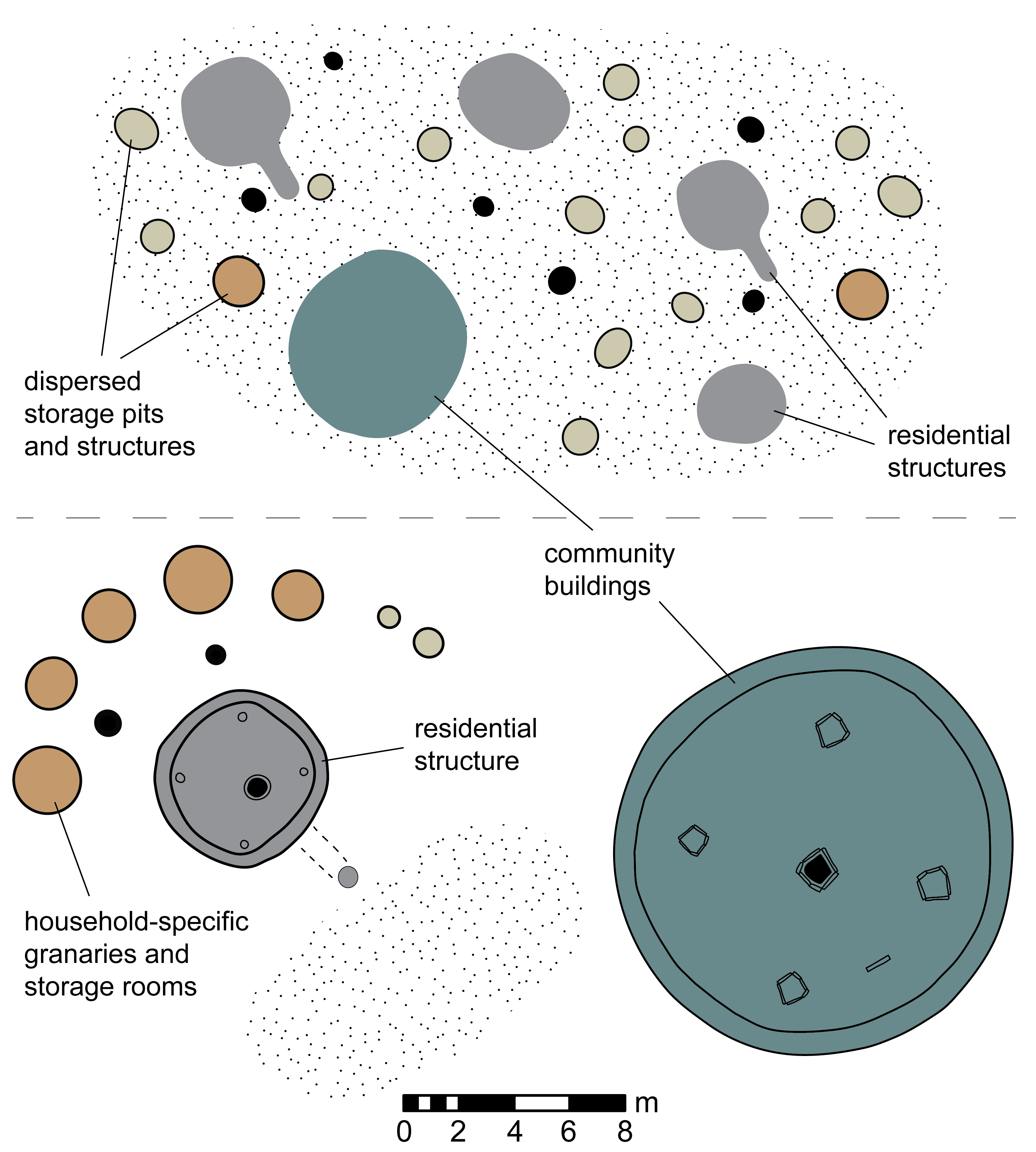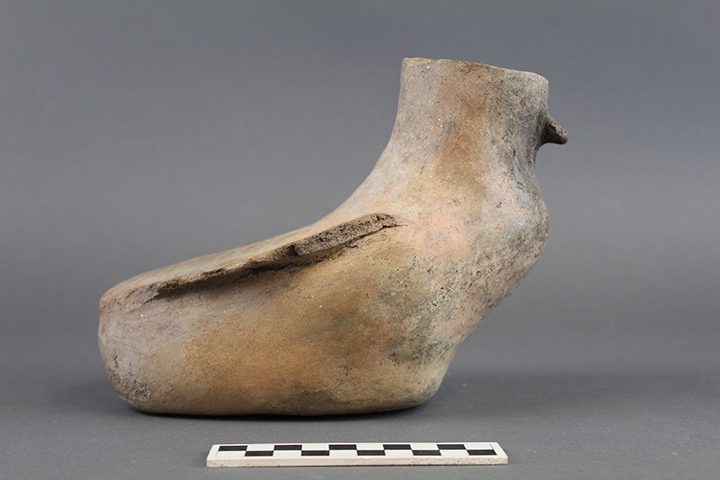Cotsen Affiliates Co-author Paper Published in Antiquity; Cited Internationally

An article co-authored by three affiliates of the Cotsen Institute, was published online November 24, 2021 in the journal Antiquity under the title “Volcanic Climate Forcing, Extreme Cold and the Neolithic Transition in the Northern US Southwest.” R. J. Sinensky, doctoral candidate; Gregson Schachner, associate professor of anthropology and a core faculty member of the Cotsen Institute; and Brian Damiata, associated researcher at the Cotsen Institute were joined by Richard Wilshusen, research archaeologist at University of Colorado, Boulder in this research project.
 In its introduction to the study, Antiquity highlighted the crucial aspects of the paper, noting that the research explores the impact of massive volcanic eruptions in Eurasia on inhabitants of western North America. The study “shows they also experienced a crisis that tore apart the social fabric, caused crop failure, and triggered sweeping migrations away from affected areas. However, the resulting circumstances led to social and technological transformation leading to early villages and the foundations of burgeoning ancestral Pueblo societies.”
In its introduction to the study, Antiquity highlighted the crucial aspects of the paper, noting that the research explores the impact of massive volcanic eruptions in Eurasia on inhabitants of western North America. The study “shows they also experienced a crisis that tore apart the social fabric, caused crop failure, and triggered sweeping migrations away from affected areas. However, the resulting circumstances led to social and technological transformation leading to early villages and the foundations of burgeoning ancestral Pueblo societies.”
In their Twitter thread, Antiquity also noted that “the descendants of these ancient innovators continue to live in what is now the northern US Southwest.” Sinensky pointed out that the embedded link in the thread features videos of Native American elders from Pueblo groups presenting Pueblo perspectives on Pueblo history. “This is really important because in the past, archaeologists and the media have not made these connections clear, and this separated modern Pueblo peoples from ancient Pueblo history in public discourse,” according to Sinensky.
 The paper was cited in an online article of science.org with the title “How One Society Rebounded from ‘The Worst Year To Be Alive’,” in which Sinensky is extensively quoted. Other articles referencing the study were published in British, Canadian, Israeli, and Spanish media, although Sinensky notes that these miss the nuances of the scholarly article in Antiquity.
The paper was cited in an online article of science.org with the title “How One Society Rebounded from ‘The Worst Year To Be Alive’,” in which Sinensky is extensively quoted. Other articles referencing the study were published in British, Canadian, Israeli, and Spanish media, although Sinensky notes that these miss the nuances of the scholarly article in Antiquity.
---
Figure 1: 1500-year old ceramic vessel fragments with stone drilled mending holes. Cordage would have been woven through these holes to allow continued use of the vessel after breaking (credit: R. J. Sinensky)
Figure 2: Typical arrangement of Ancestral Puebloan sites during the century prior to (top) and following (bottom) sixth-century extreme cooling. The later sites include evidence of increasing household storage capacity and far larger and more formal community buildings (credit: R. J. Sinensky)
Figure 3: A duck effigy vessel made by mobile farmers during the period just prior to the climate anomaly. Water birdshold great significance for modern Pueblo peoples – the descendants of the ancient innovators that weatheredthe sixth-century climate anomaly (credit: R. J. Sinensky)
Published on January 3, 2022.


